Parking Lots
Menu
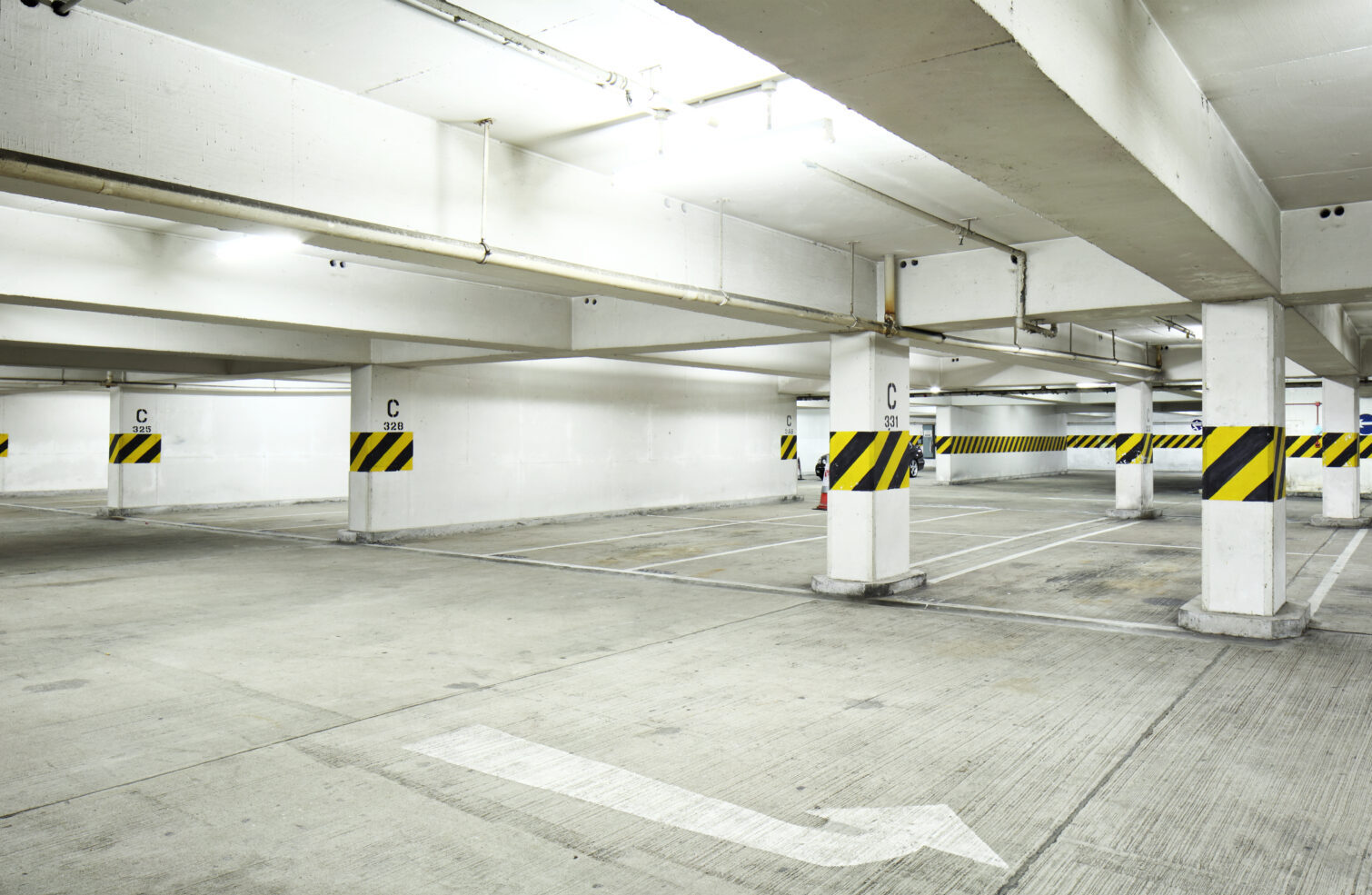
Paving
Parking lot paving is the process of installing a new asphalt or concrete surface for a parking lot or repairing and resurfacing an existing one. The purpose of parking lot paving is to provide a smooth and durable surface for vehicles, enhance the appearance of the area, and improve safety. The process typically involves site preparation, such as grading and compacting the surface, before installing the new pavement. The thickness and quality of the material used depends on the expected traffic volume and usage. Factors such as drainage and accessibility may also be considered during the installation process.
Striping
Parking lot striping is the process of applying paint or thermoplastic markings to a parking lot surface to create designated parking spaces, traffic lanes, crosswalks, and other markings. The purpose of parking lot striping is to improve traffic flow, maximize parking capacity, and enhance safety for drivers and pedestrians. The process typically involves measuring and laying out the markings, cleaning and preparing the surface, and applying the paint or thermoplastic material. Different types of paint or thermoplastic may be used depending on the expected traffic volume and climate conditions. Striping may also be refreshed periodically to maintain the clarity of the markings.
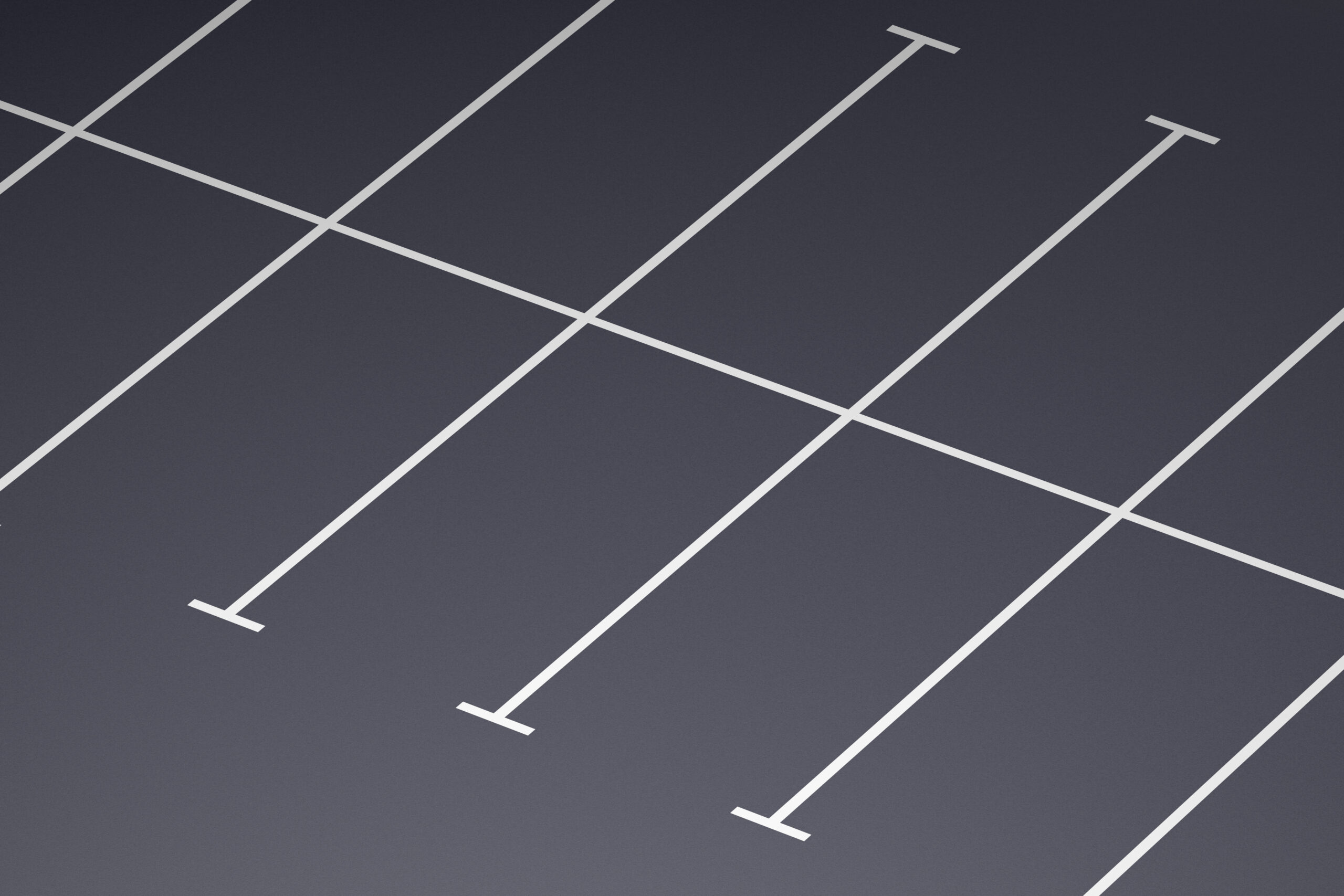
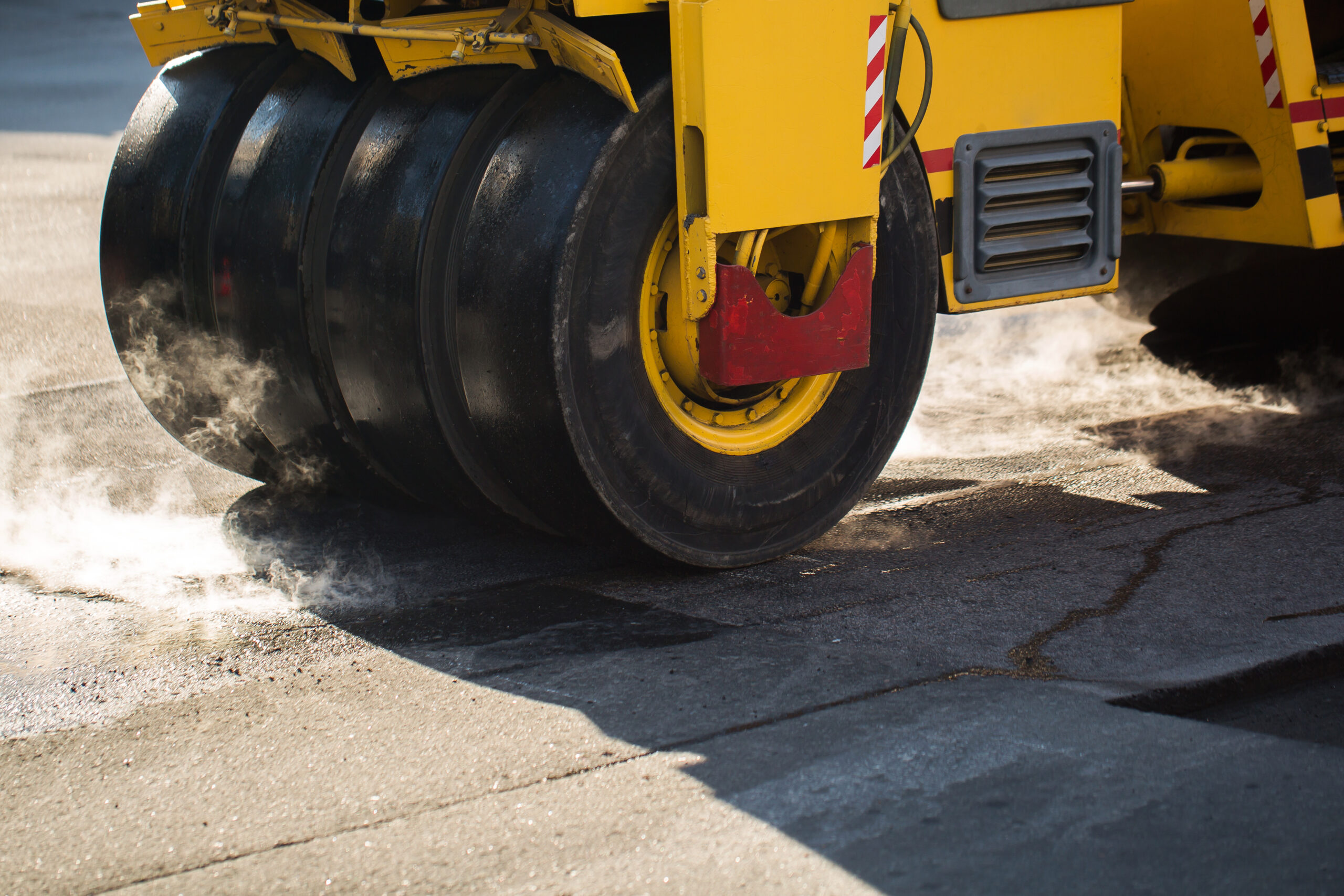
Pot Hole Repair
Concrete repair is the process of fixing damaged or deteriorating concrete structures. This can include filling cracks, patching holes, and restoring the structural integrity of the concrete. Concrete repair can also prevent further damage and avoid the need for costly replacements.
Parking Stops
Parking stop installation is the process of installing barriers, also known as parking stops, at the end of parking spaces or in designated areas to prevent vehicles from moving too far forward. The purpose of parking stops is to protect the vehicle from damage, ensure proper parking alignment, and improve safety for pedestrians and other vehicles. The process typically involves measuring and marking the location for the stop, drilling holes for anchor bolts, and securing the stop in place using the bolts. Different types of parking stops may be used depending on the surface and expected traffic volume.
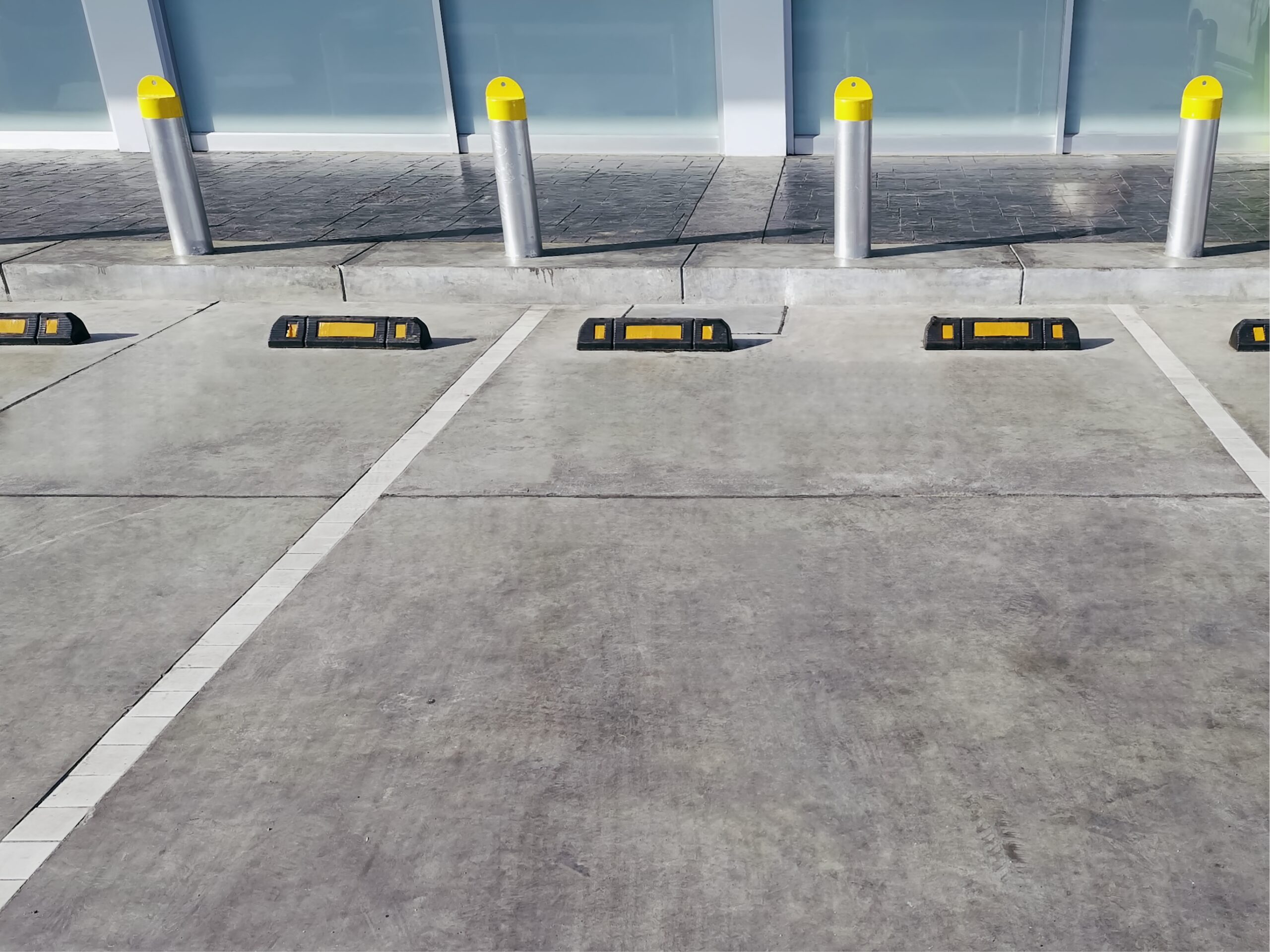
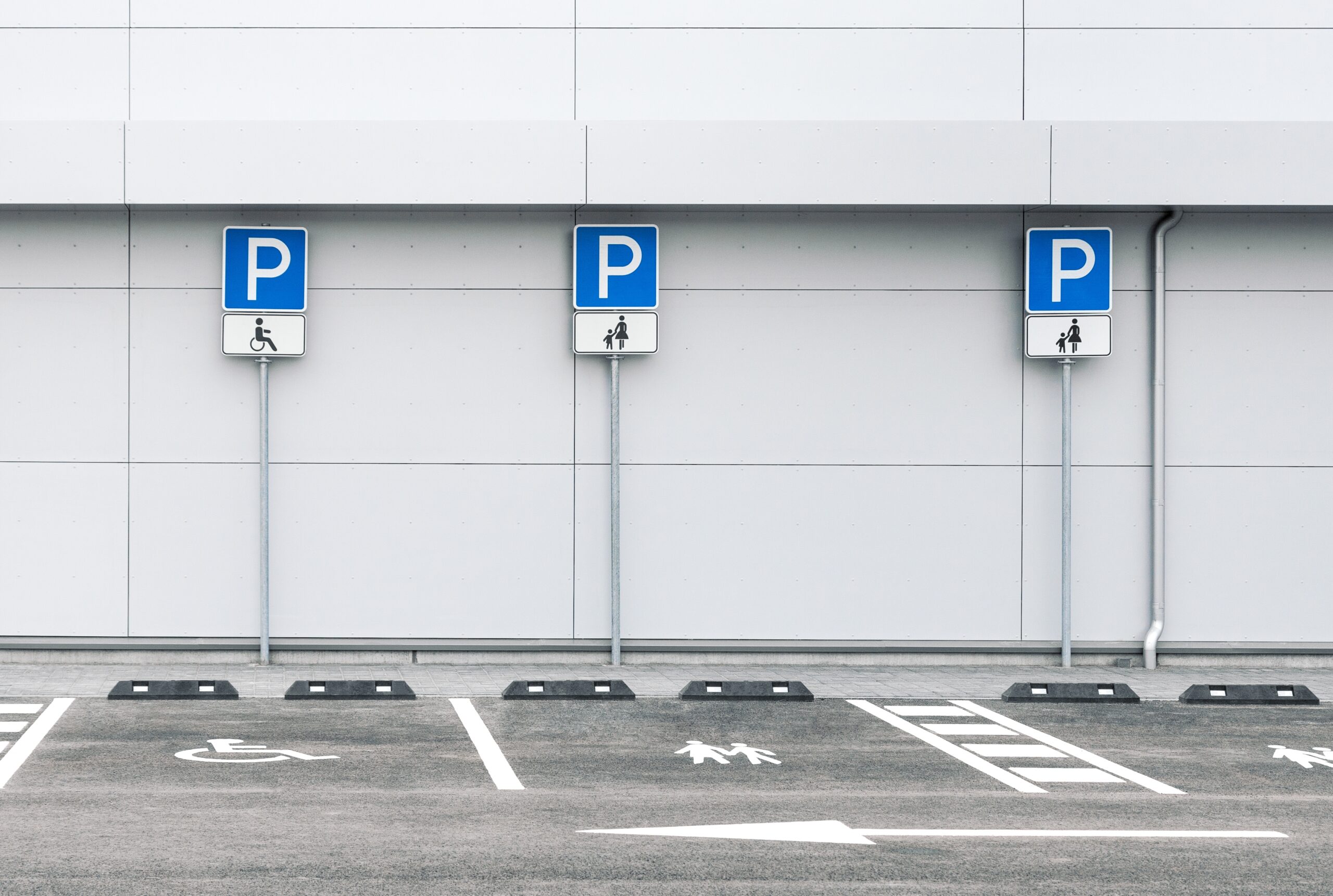
Signage
Parking lot signage installation is the process of installing signs in a parking lot to communicate rules, regulations, and information to drivers and pedestrians. The purpose of parking lot signage is to improve safety, ensure proper parking, and provide directions and information to visitors. The process typically involves selecting the appropriate sign types, such as no parking, stop, yield, and handicap signs, and securing them in place using poles or mounting brackets. Different types of signs may be used depending on the parking lot’s size, layout, and usage. Proper signage installation helps to prevent accidents and reduce liability risks.
Seal Coating
Parking lot sealcoating is the process of applying a protective coating to the surface of an asphalt parking lot to protect it from the elements and extend its lifespan. The purpose of sealcoating is to prevent damage caused by UV rays, weather, and chemicals. The process typically involves cleaning and preparing the surface, filling any cracks, and applying the sealcoat material using a spray or squeegee. The sealcoat material is a mixture of asphalt emulsion or coal tar pitch, sand, and additives. Proper sealcoating can improve the appearance of the lot and save money by avoiding costly repairs.
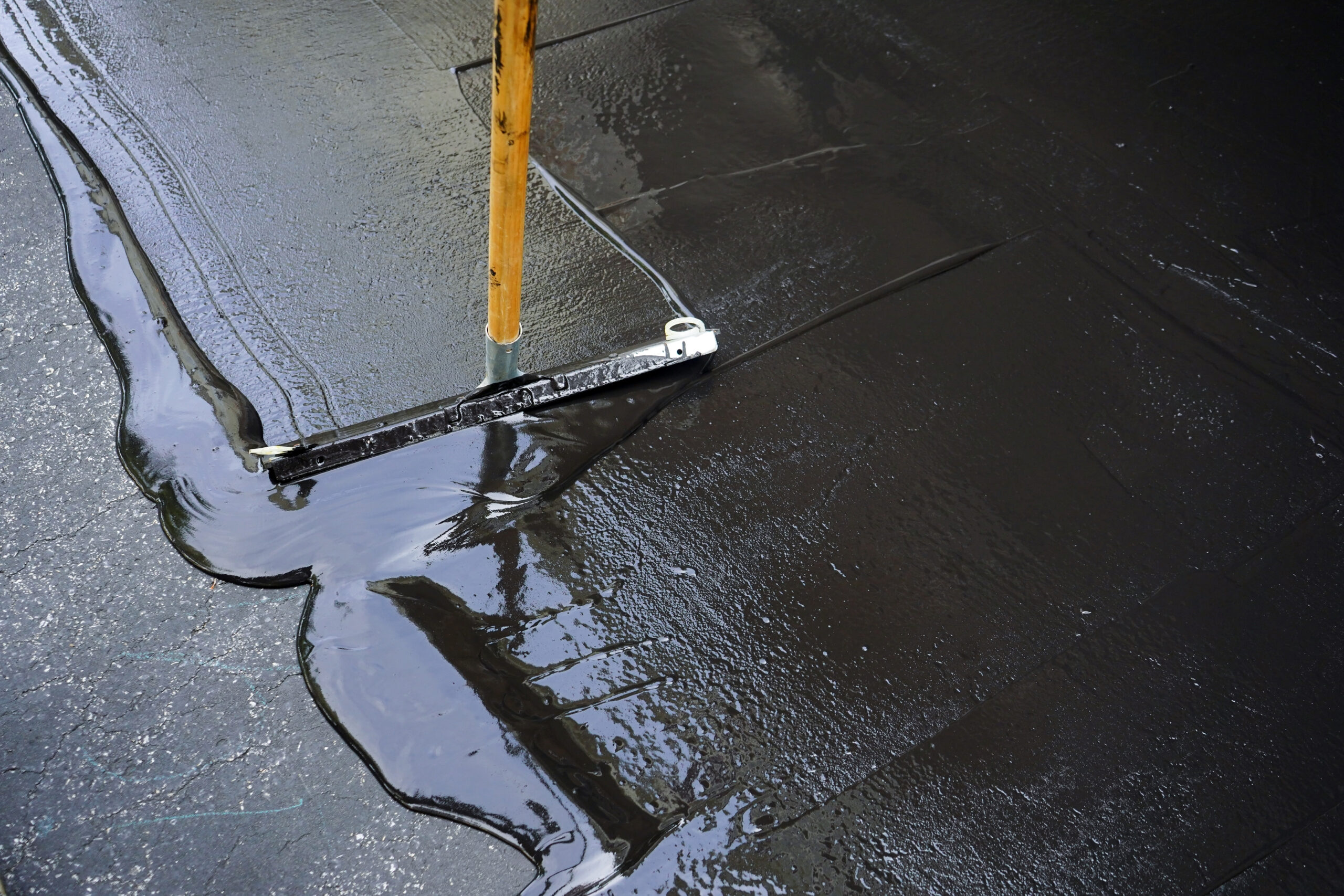
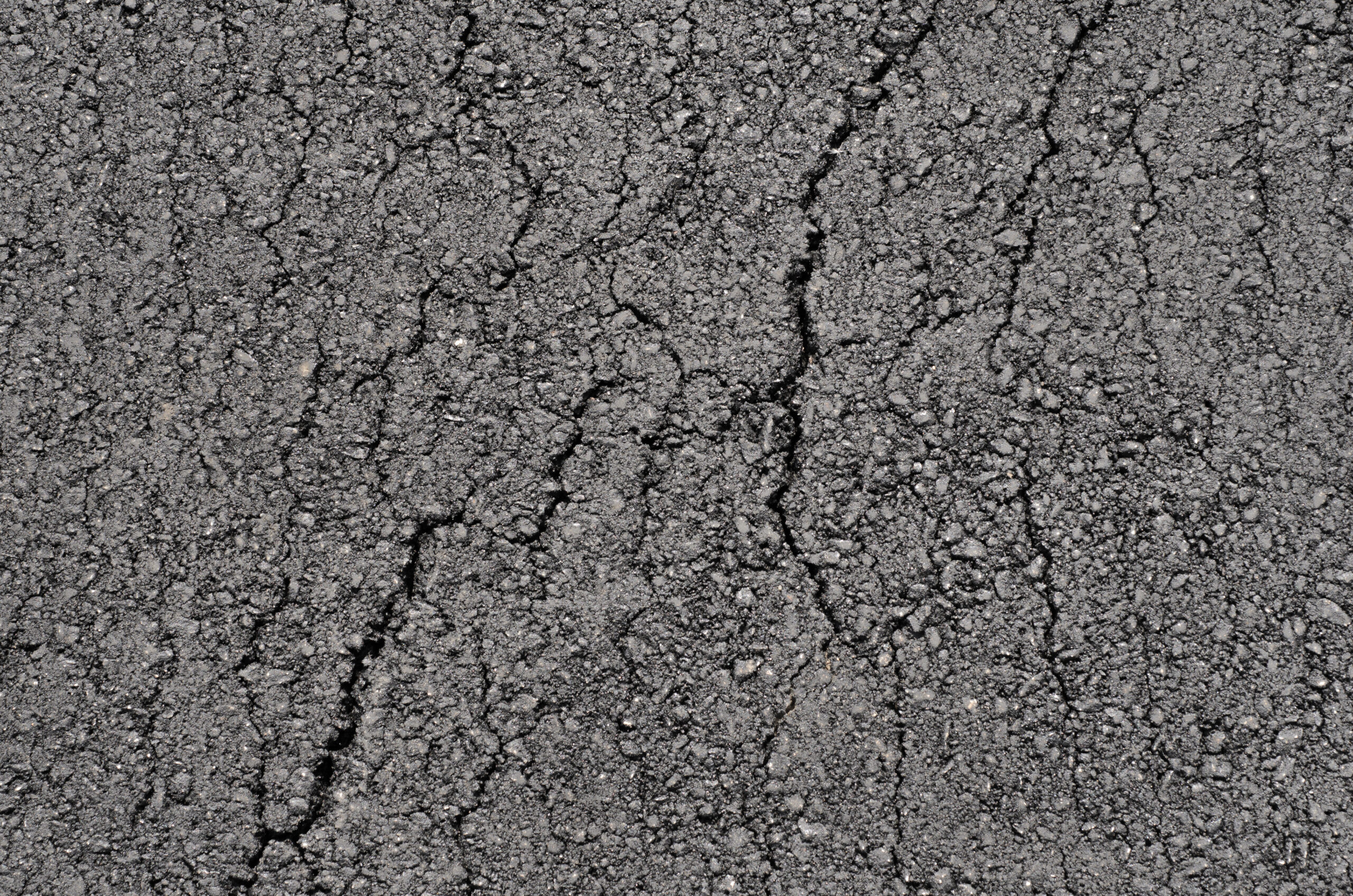
Crack Filling
Parking lot crack filling is the process of repairing cracks in asphalt or concrete surfaces to prevent further damage to the pavement. The purpose of crack filling is to improve the safety of the lot and extend the lifespan of the pavement. The process typically involves cleaning and preparing the surface, routing or widening the cracks, and filling them with a hot pour or cold pour material. The material used depends on the size and depth of the cracks and the expected traffic volume. Proper crack filling can help to prevent water penetration, potholes and other pavement damage.
Drainage Repairs
Parking lot drainage repairs are the process of repairing or installing a system to manage water runoff from the parking lot. The purpose of drainage repairs is to prevent standing water or flooding on the pavement, which can cause damage and safety issues. The process typically involves evaluating the current drainage system, determining the cause of the problem, and repairing or installing a new system, such as catch basins, drain pipes, and drainage swales. Proper drainage repairs can prevent water damage, prolong the life of the pavement, and improve safety for drivers and pedestrians.
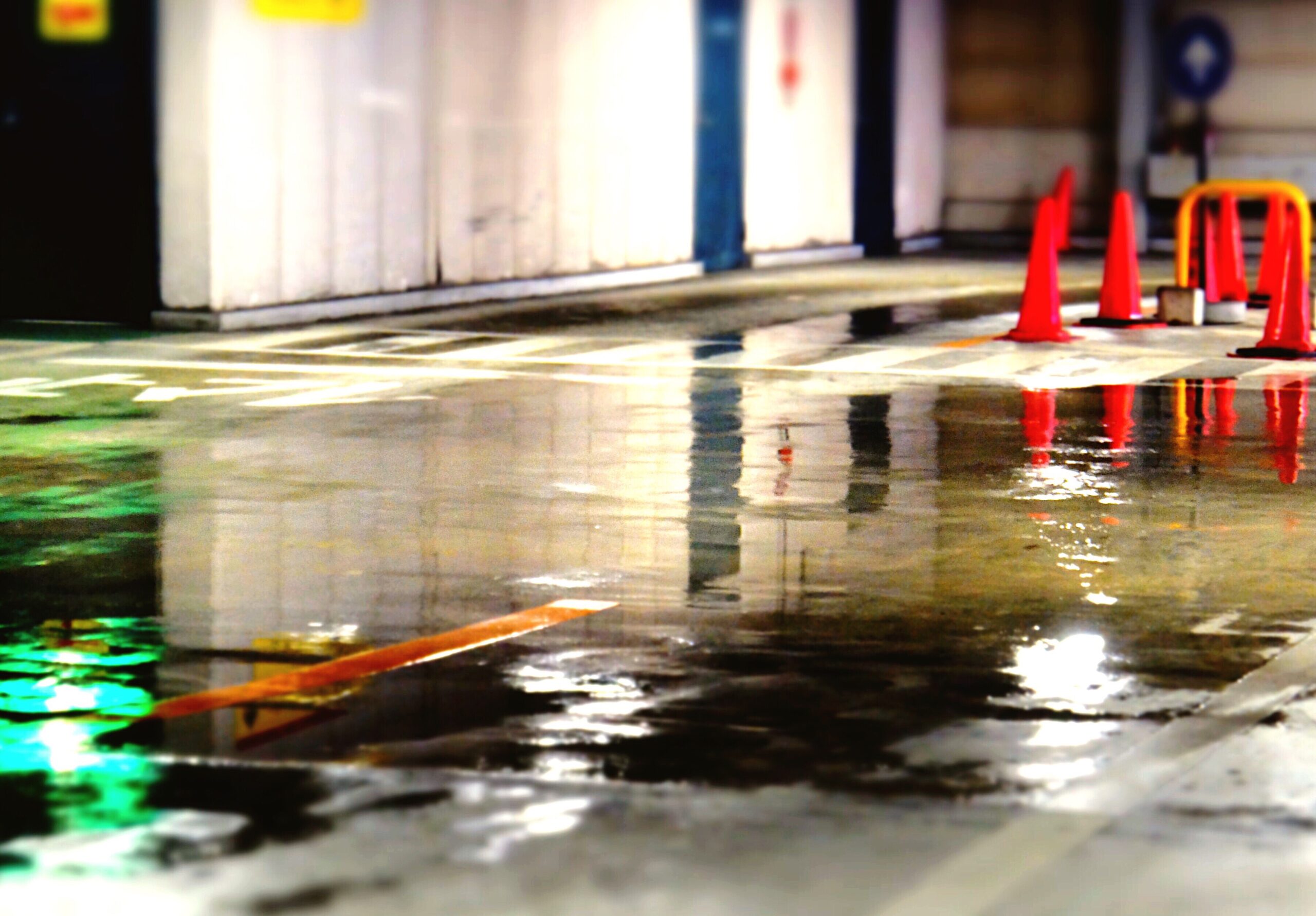
We’ve got your back!
We devote ourselves to satisfying customers by creating tangible value and outstanding customer experiences.

